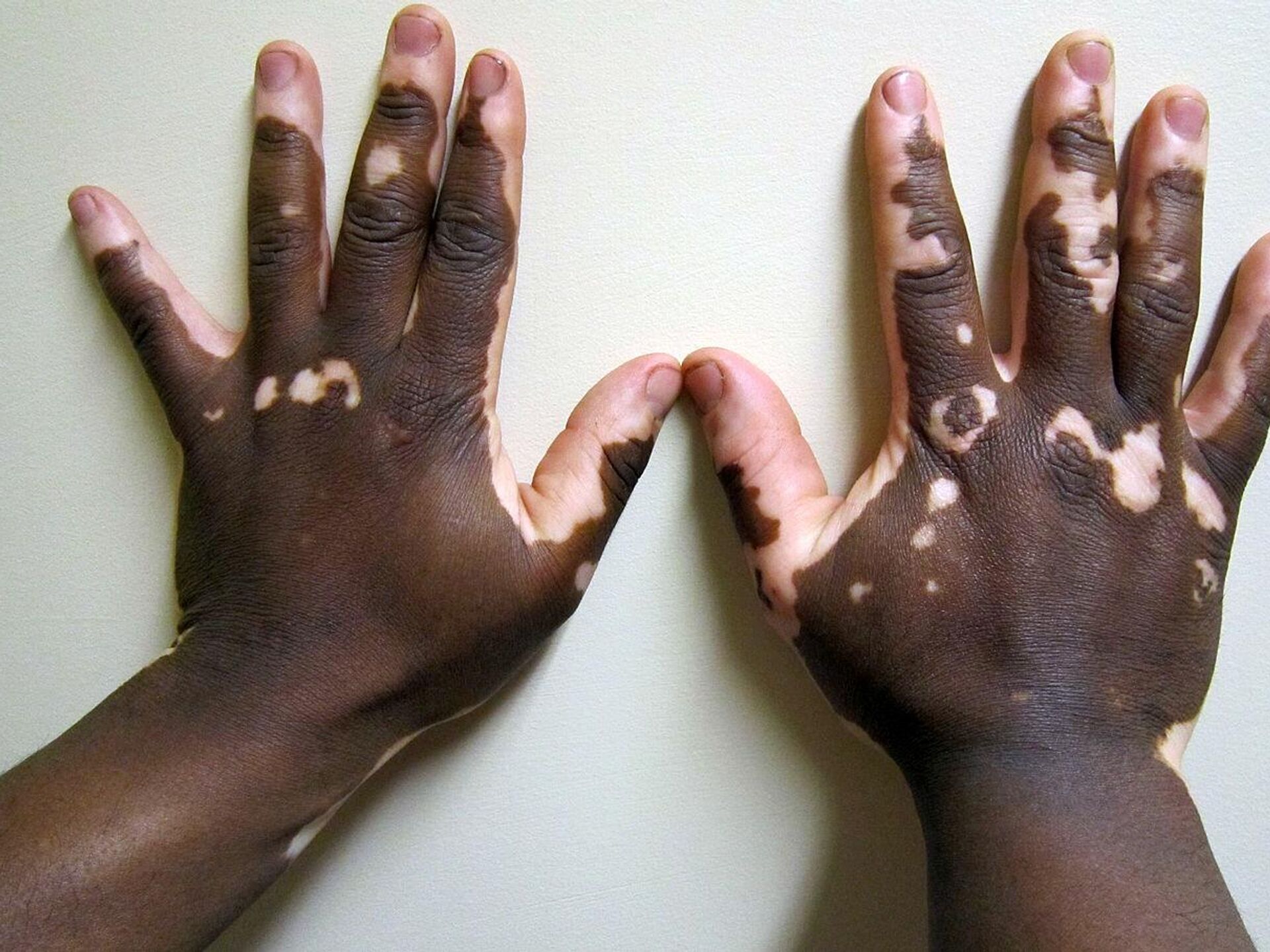World Vitiligo Day
According to Maya Clinic Organization, Vitiligo is a condition in which the skin loses its pigment cells resulting in discolored patches in different areas of the body, including the skin, hair, and mucous membranes.
The condition, however, is not life-threatening or contagious,it is difficult to predict how this disease will progress as the patches stop forming without treatment. In most cases, pigment loss spreads and eventually involves most of the skin making the skin get its color black.
Causes of vitiligo include; Lack of a pigment in the skin causing white patches to develop on your skin or hair.
Vitiligo is also associated with other auto-immune conditions such as hyperthyroidism, but not everyone with vitiligo will develop these conditions.
Another cause is neurochemicals which are segmental vitiligo that is thought to be caused by chemicals released from the nerve endings in one’s skin. These chemicals are poisonous to the melanocyte's skin cells.
Family history and genes such as vitiligo may have a genetic component as the condition tends to run in the family. Research shows that about 30 percent of people with vitiligo have a family history of skin disorder making people more susceptible to developing vitiligo.
Environmental triggers seem to be the result of both a pre-existing genetic make-up and something to deal with the environment setting off an auto-immune response that destroys melanocytes.
It is important however to note that vitiligo is not caused by an infection and you cannot get it from someone who has it.
Vitiligo as earlier mentioned is not only triggered by environmental factors but also particular events such as stressful events including childbirth, skin damage such as severe sunburn, or exposure to certain chemicals.
Once vitiligo develops, it is usually a life condition however complications of vitiligo can result in long-term effects or short-term effects, such effects include social stigmatization and mental stress.
Short-term adverse effects include itching, burning, and xerosis which refers to dry skin that isn’t to underlying diseases, and emotional distress.
Physical complications such as eye issues, hearing problems, and sunburn. Low self-esteem and depression are potential side effects of vitiligo as some people might avoid interacting with others who have vitiligo out of fear that the condition is contagious.
To avoid neglect from the people in the society certain conditions are entailed to avoid such isolation among persons with vitiligo among them including emotional support as such support groups and mental health professions can be extreme to persons with vitiligo.
Take good care of your skin by practicing safe sun exposure habits, avoiding tattoos, and limiting exposure to hair dye and bleach as they contain certain chemicals called phenols which can trigger vitiligo to start or to spread.
By Martha Mokeira
Tags: World Vitiligo Day
